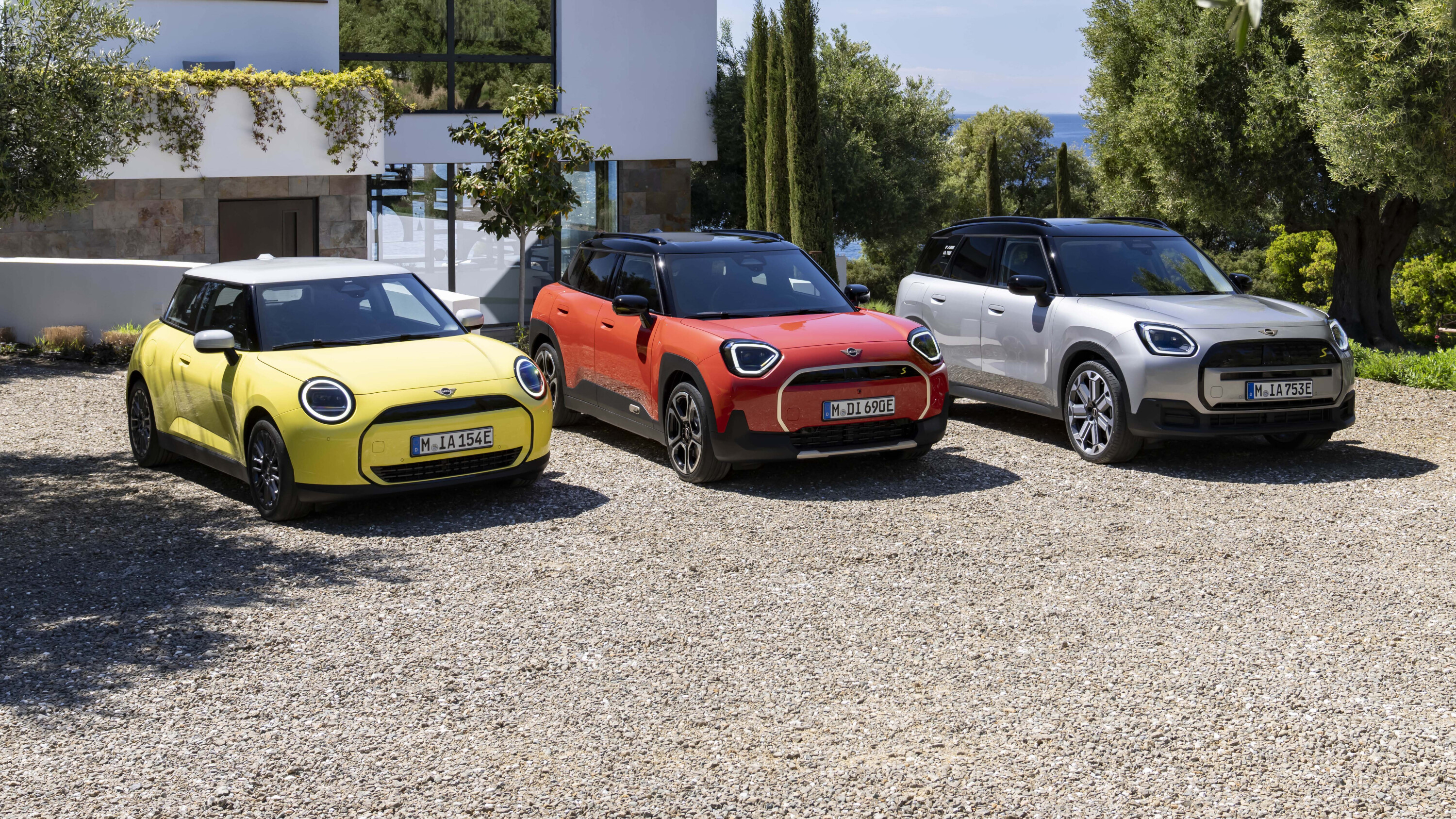Mini’s refreshed and reinvigorated family is complete for at least the next few years, with no more all-new models planned until at least after the existing line-up gets a midlife update.
The confirmation puts a halt on the recent flurry of new models launched by the iconic British brand over the past year, which saw the arrival of the new three-door Cooper, Countryman SUV and Aceman crossover.
While a number of extra variants are expected to be added within the three key model lines, such as Countryman JCW Sport and Aceman JCW, there wont be a fourth new-gen model in the ranks for at least a few years.
Instead, Mini head of design Oliver Heilmer told Wheels that “We are considering a facelift” for one of the existing three newcomers before the launch of an all-new model.
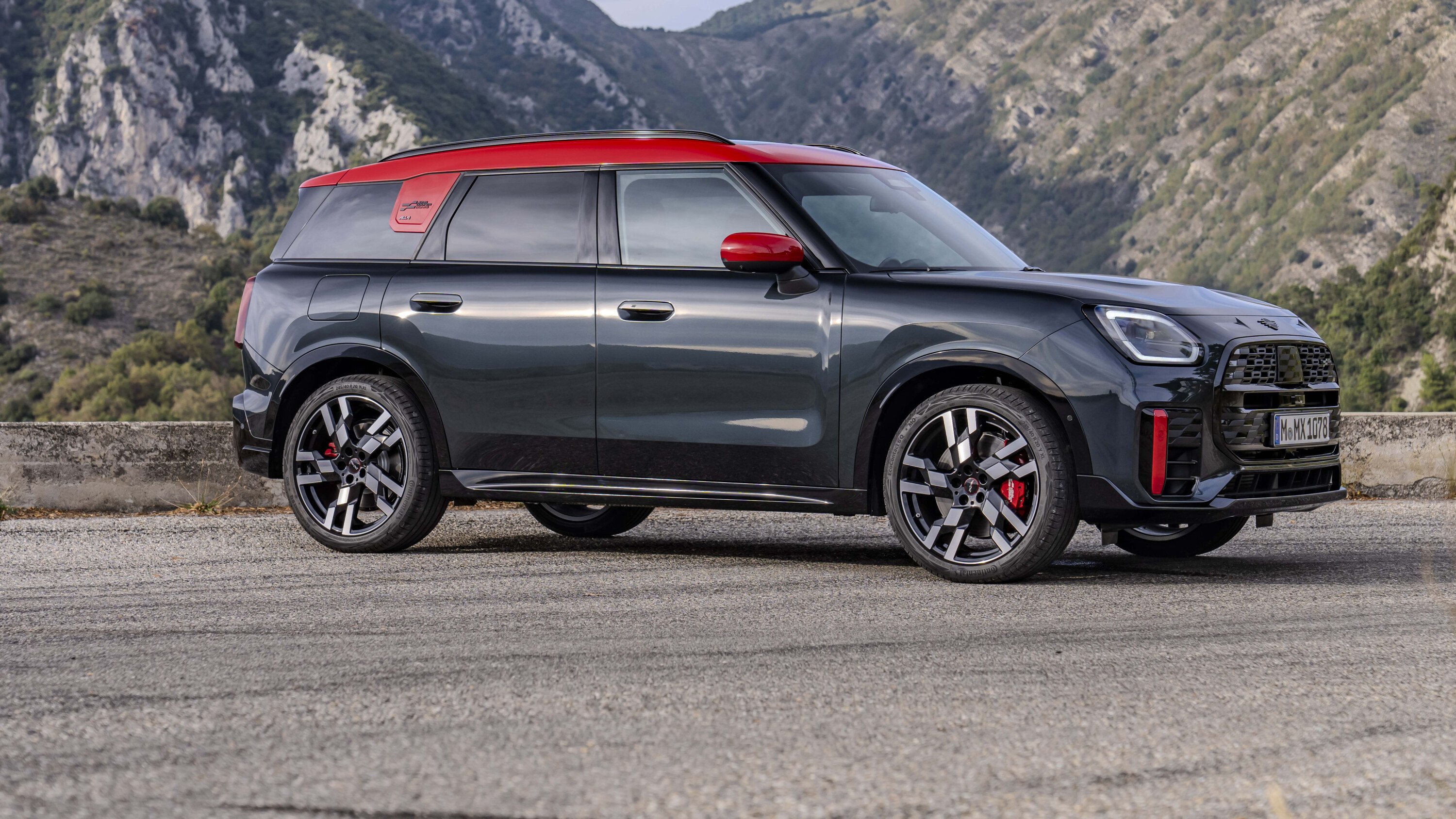
Exactly which of the three is in line for a refresh first is not yet known although chronology may offer a clue.
Both the new Cooper and Countryman were officially revealed simultaneously in September at IAA Munich 2023, but the Countryman launched earlier. If Mini follows its conventional ‘LCI’ lifecycle, the first update could be expected in about 2027 – most probably for the Countryman.
There are no significant updates planned for the current Mini runout range – including the Clubman, Five Door or Convertible – before they’re discontinued.
With the arrival of the new trio, Mini has embarked on its Charismatic Simplicity design language, introducing a pared-back and more simple aesthetic for all new models.
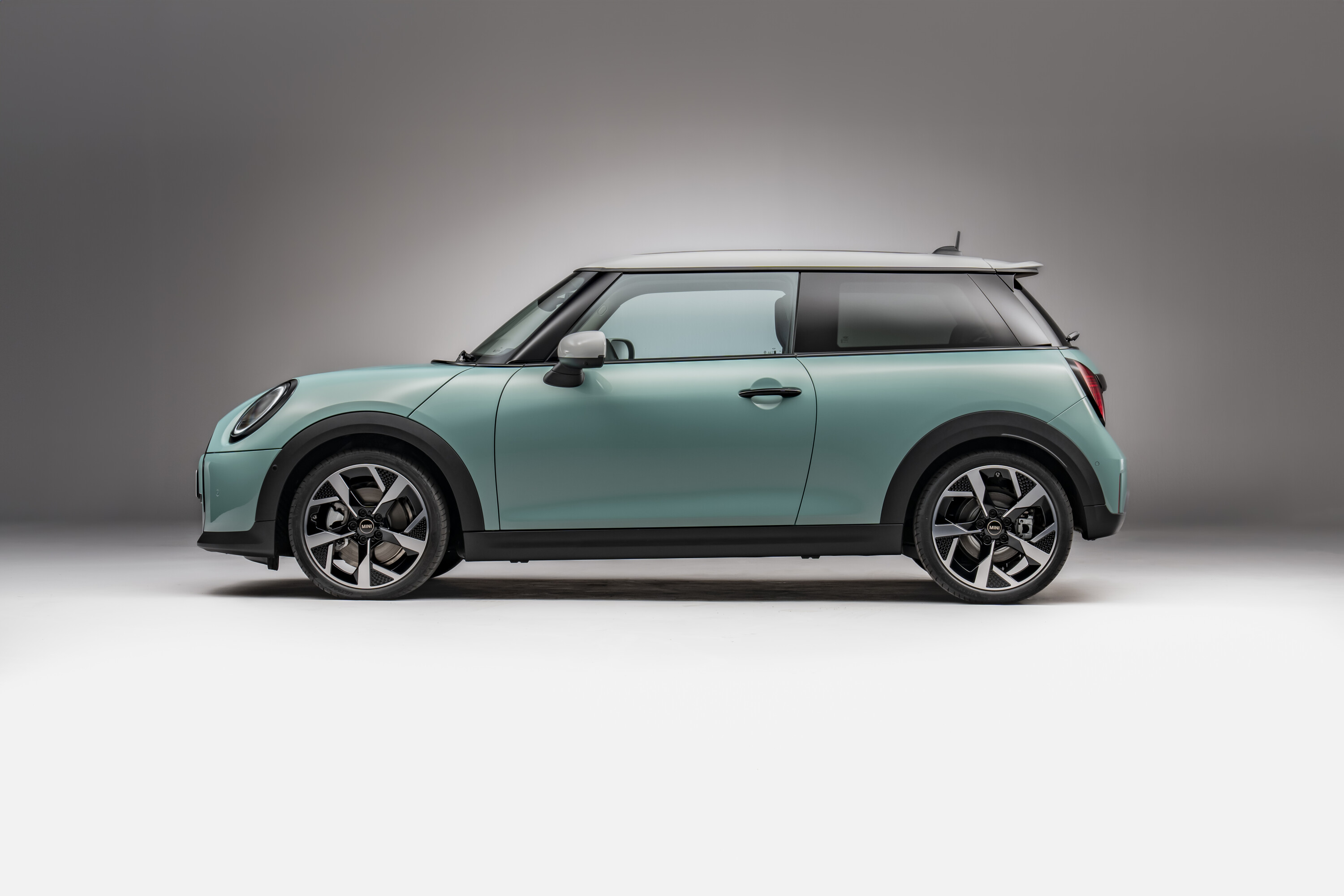
But, says Heilmer, the adoption of electrification has allowed engineering advantages as well its new styling, which was heavily function-led in the original Alec Issigonis-designed Mini.
“If Issigonis could have done the Mini today, he wouldn’t have considered anything else than electric,” he said.
“It (electrification) gave us more flexibility. We were able to adjust the proportions. The wheels are further in the corners and the original Mini had a really short bonnet. That’s what you find here.”
Heilmer demonstrated one of his key proportion benchmarks – being able to touch the base of the windscreen while standing in front of the Mini – something that wasn’t possible with previous models, thanks to lengthened bonnets.

“That’s the improvement we had based on the electrification. This one is one centimetre shorter than the predecessor, but there’s almost two centimetres more space inside. This is exactly what we wanted to achieve for Mini.”
It’s not uncommon for a company to start developing a mid-life update many years in advance, but Heilmer explained why the team was looking at a Countryman or Cooper facelift just months after its launch.
“It really depends on how far you want to jump. The further you want to jump, the earlier you have to start”.
We recommend
-
 News
News2025 Mini Aceman revealed, locked in for Australia
Production version of new Chinese-made electric Mini keeps quirky concept looks and will be here by the end of 2024.
-
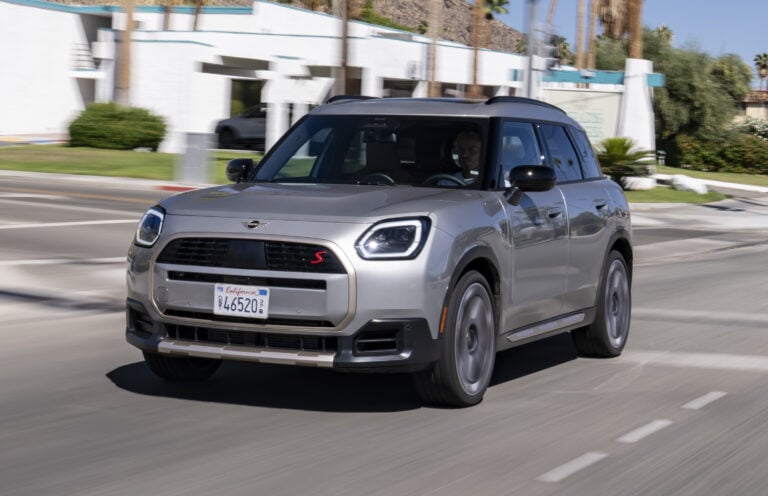 News
News2024 Mini Countryman pricing and features: Electric version coming next year
New, bigger Countryman hits Australia with EV to follow
-
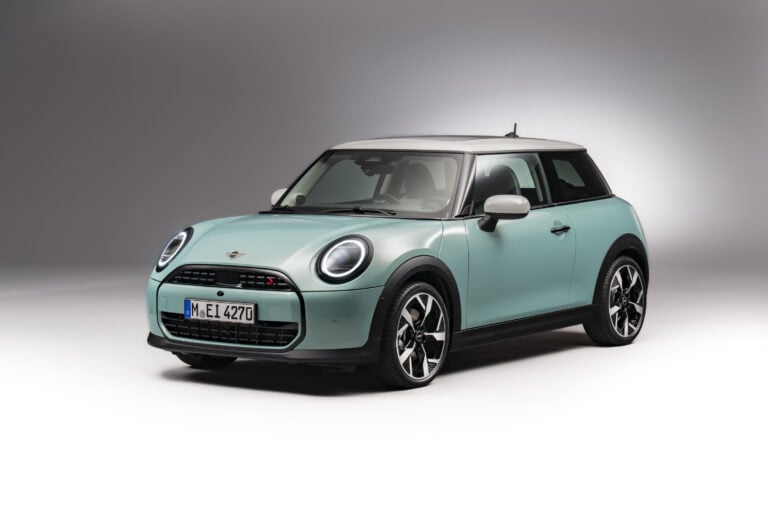 News
News2024 Mini Cooper pricing and features: Electric & petrol models detailed
Local versions of the three-door Cooper will see four models and a choice of powertrains including a hot John Cooper Works version.


